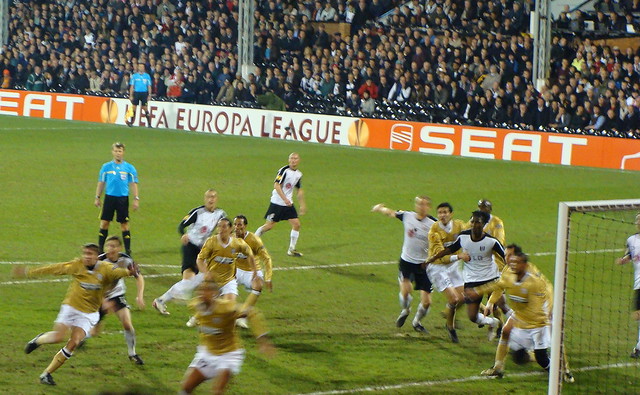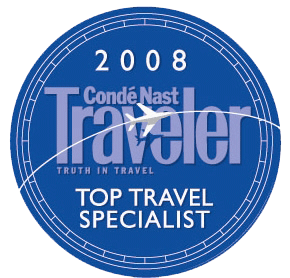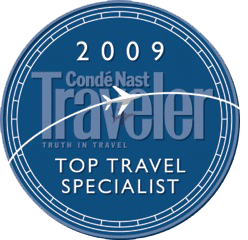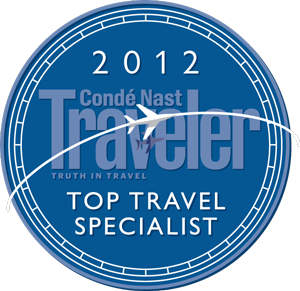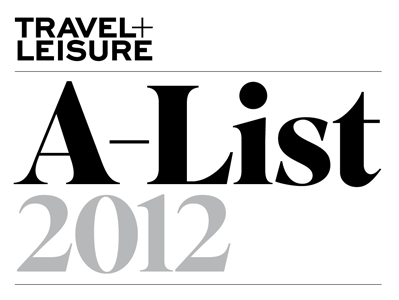
While we may complain about sales tax in the U.S., as a member of the European Union, Italy must charge a whopping 20% value-added tax on most goods. Not such a big deal on a bottle of water, but when you're buying some Prada sandals - even at the outlet - that's a steep fee.
Fortunately for those of us travelers looking to pick up some luxury goods to bring home, you can actually get a refund on a portion (about 10-12%) of your sales tax if you spend over €155 in one shop in one day. Unfortunately, like many bureaucratic things in Italy, it takes a bit of work.
How to Get a VAT Refund in Italy - At the Store

To be eligible for a refund, request an IVA (VAT is called IVA in Italy) invoice for customs at the register at the time of purchase. You'll need to show your passport at the store to demonstrate that you are not an EU-citizen to get the paperwork.
If you don't have it with you or forget and are able to return to the store at some other point during your trip, you can sometimes get this form later, but you must return to the exact store in which you made your purchase, not another outpost of the same chain.
How to Get a VAT Refund in Italy - At the Airport
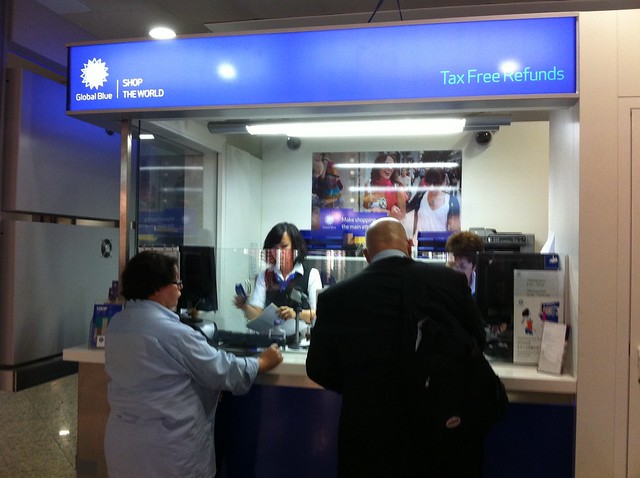
On your way home, take all of your invoices and head to your departure airport a little early to get your paperwork stamped at the customs office. These are usually pretty easy to spot in the check-in area, but sometimes they are downstairs in the arrivals area near the rental car desks and currency exchange booths. You must get your papers stamped in you last EU departure point, so if you head somewhere else after Italy, save your invoices till then.
Reap the rewards of your organization with a refund in cash or as a credit on your credit card!

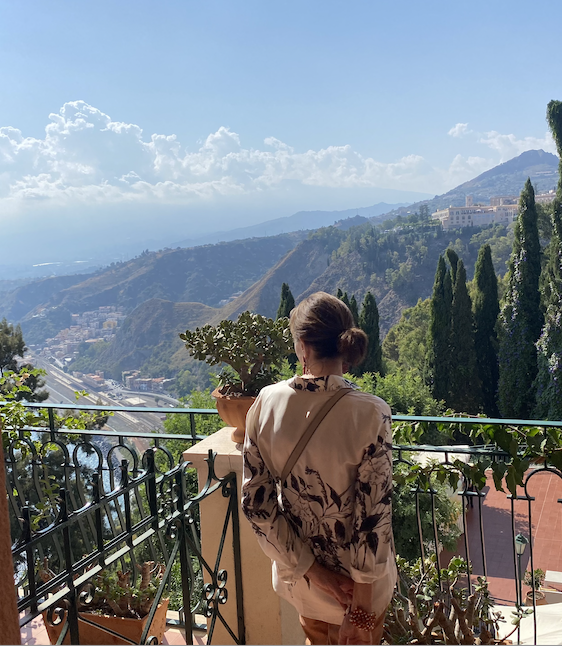
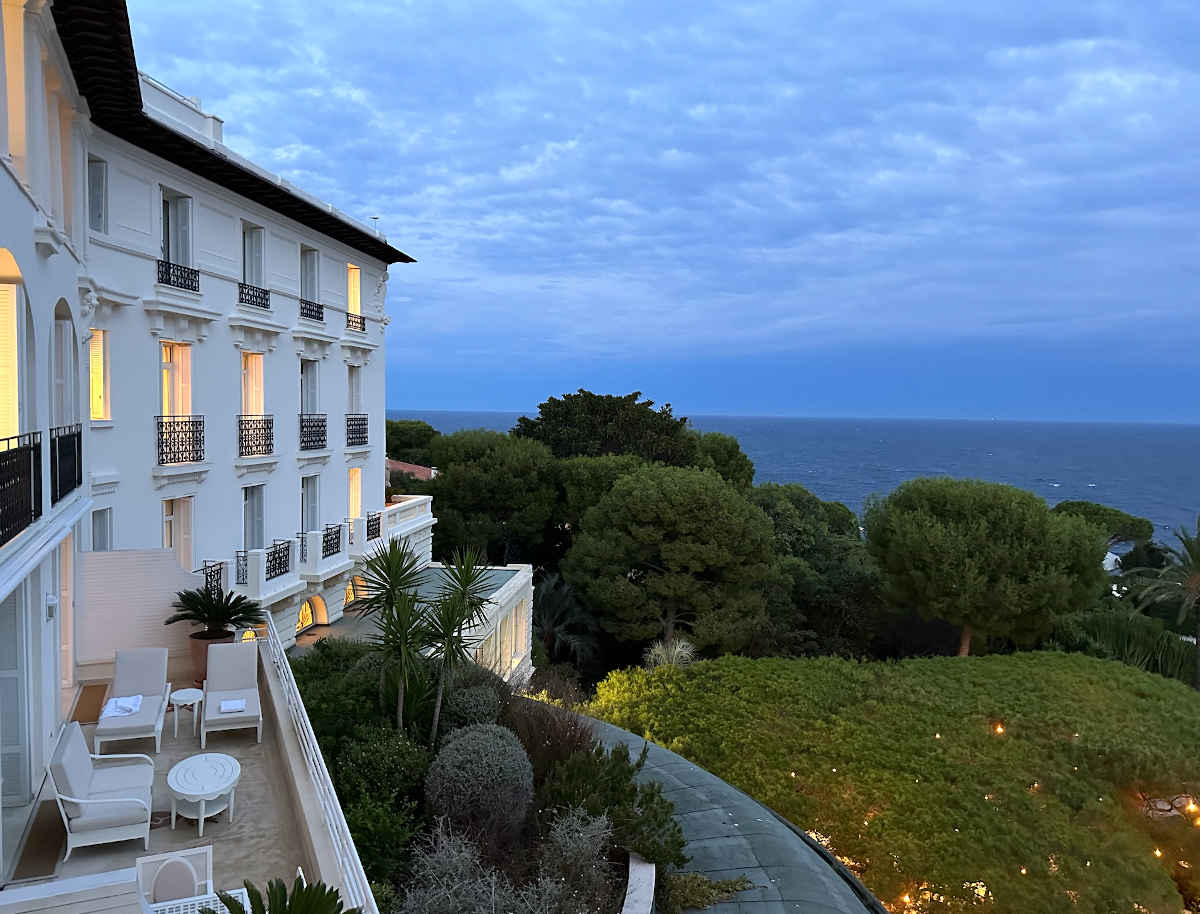
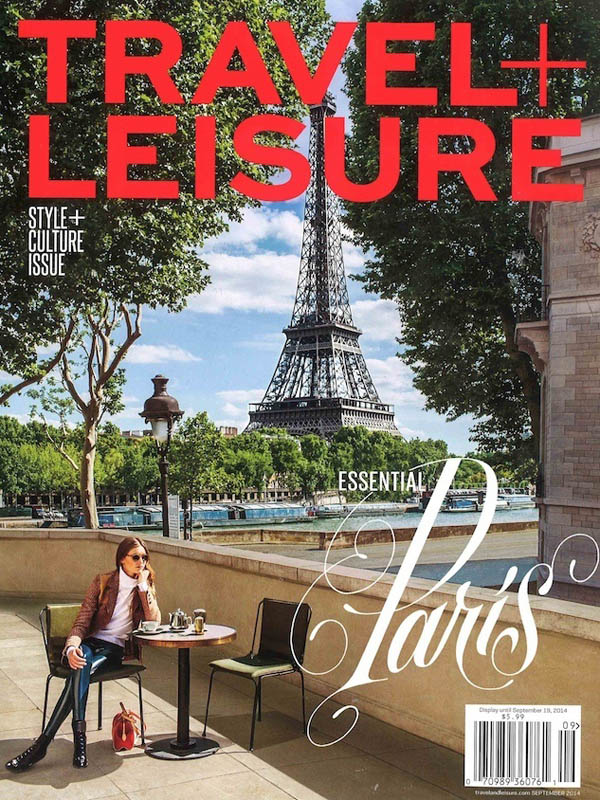 As part of the A-List announcement, Travel & Leisure will feature us in the upcoming September issue of the magazine. Here’s a preview:
As part of the A-List announcement, Travel & Leisure will feature us in the upcoming September issue of the magazine. Here’s a preview:

